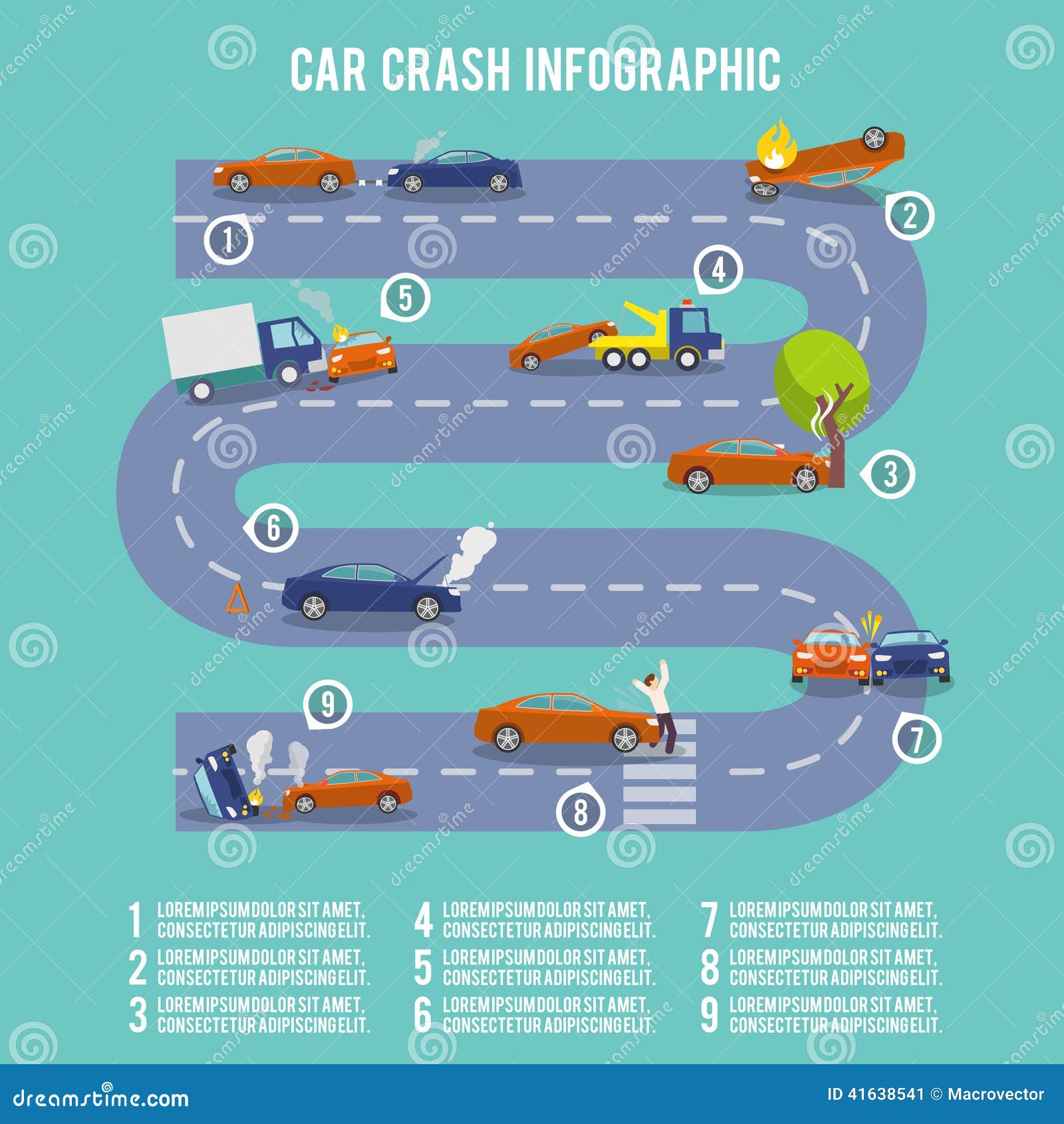Familiarize On Your Own With The Dashboard Warning Lights In Your Car To Focus On The Health And Safety Of Your Lorry
Familiarize On Your Own With The Dashboard Warning Lights In Your Car To Focus On The Health And Safety Of Your Lorry
Blog Article
Post Composed By- mechanic resurrection
When you lag the wheel, those glowing caution lights on your dashboard can be a little bit difficult. Do you recognize what they're attempting to inform you regarding your vehicle's health? Understanding the relevance of these lights is important for your security and the longevity of your vehicle. So, the following time among those lights pops up, would not you want to decipher its message precisely and take the essential actions to resolve it?
Common Caution Lighting and Interpretations
Determine usual warning lights in your car and recognize their meanings to ensure risk-free driving.
One of the most normal caution lights include the check engine light, which indicates problems with the engine or discharges system. If this light begins, it's critical to have your car inspected quickly.
The oil pressure advising light indicates low oil pressure, needing immediate attention to stop engine damages.
A flashing battery light could suggest a malfunctioning billing system, potentially leaving you stranded if not attended to.
how to repair bicycle brake (TPMS) light alerts you to low tire pressure, impacting car security and fuel effectiveness. Overlooking this might result in harmful driving problems.
The ABS light shows a problem with the anti-lock stopping system, jeopardizing your ability to stop quickly in emergencies.
Finally, the coolant temperature level cautioning light warns of engine getting too hot, which can lead to serious damage if not dealt with swiftly.
Comprehending these typical warning lights will certainly help you address problems immediately and keep risk-free driving problems.
Relevance of Prompt Attention
Comprehending the common warning lights in your car is just the first step; the significance of immediately resolving these cautions can't be emphasized sufficient to guarantee your safety when driving.
When a caution light illuminates on your control panel, it's your cars and truck's method of communicating a prospective concern that requires attention. Ignoring just click the following post can lead to a lot more extreme issues in the future, compromising your safety and security and possibly costing you more in repairs.
Prompt attention to alerting lights can stop breakdowns and accidents. As an example, a blinking check engine light might suggest a misfire that, if left neglected, might create damages to the catalytic converter. Resolving this without delay can conserve you from a pricey repair.
Likewise, a brake system alerting light might indicate reduced brake liquid or worn brake pads, critical components for your security when driving.
Do It Yourself Troubleshooting Tips
If you discover a caution light on your control panel, there are a couple of do it yourself fixing ideas you can attempt prior to looking for expert aid.
The primary step is to consult your vehicle's manual to comprehend what the certain warning light shows. Often the concern can be as easy as a loosened gas cap activating the check engine light. Tightening up the gas cap might solve the trouble.
An additional usual concern is a reduced battery, which can cause various alerting lights. Checking the battery links for rust and ensuring they're protected may repair the trouble.
If a caution light continues, you can attempt resetting it by disconnecting the auto's battery for a couple of mins and afterwards reconnecting it. Additionally, examining your automobile's liquid degrees, such as oil, coolant, and brake liquid, can assist fix cautioning lights related to these systems.
Conclusion
Finally, comprehending your car's warning lights is vital for maintaining your car running smoothly and safely. By quickly dealing with these signals and understanding what they imply, you can stay clear of costly repairs and prospective break downs.
Bear in mind to consult your vehicle's handbook for particular information on each advising light and do something about it as necessary to make sure a hassle-free driving experience.
Stay informed, stay risk-free on the road!
